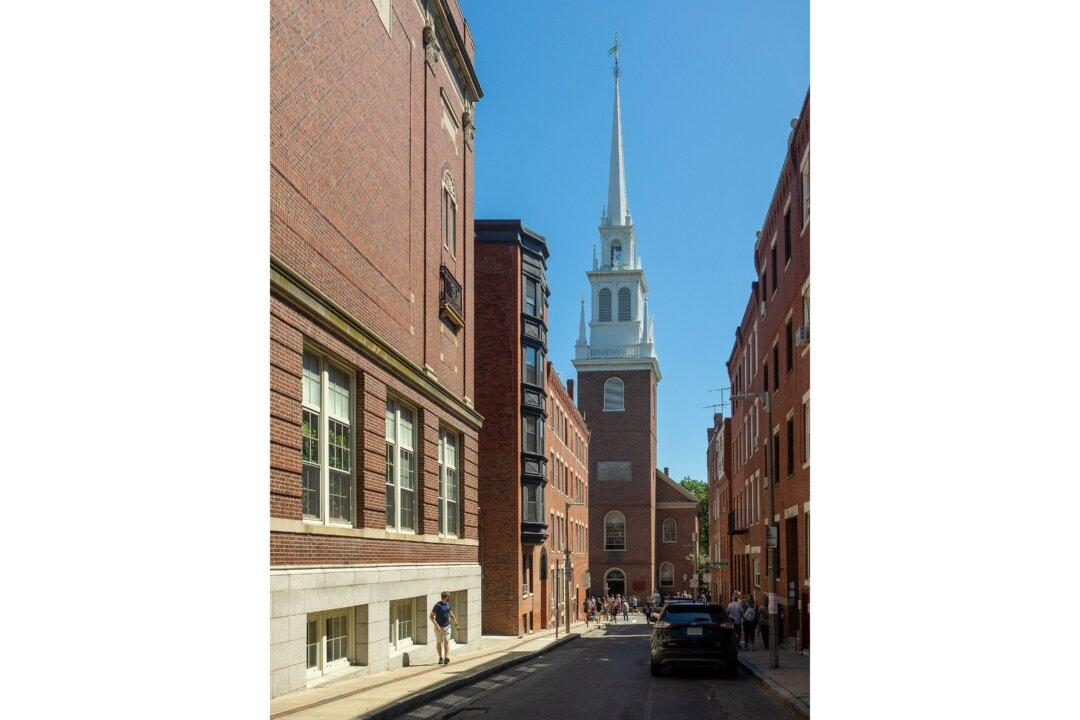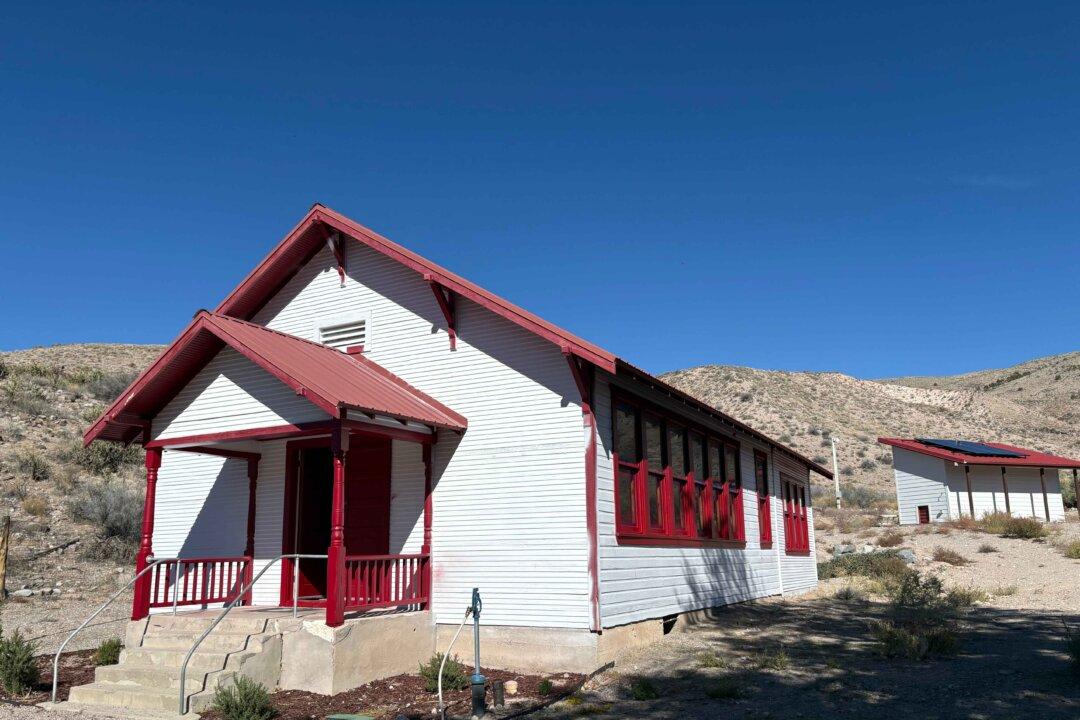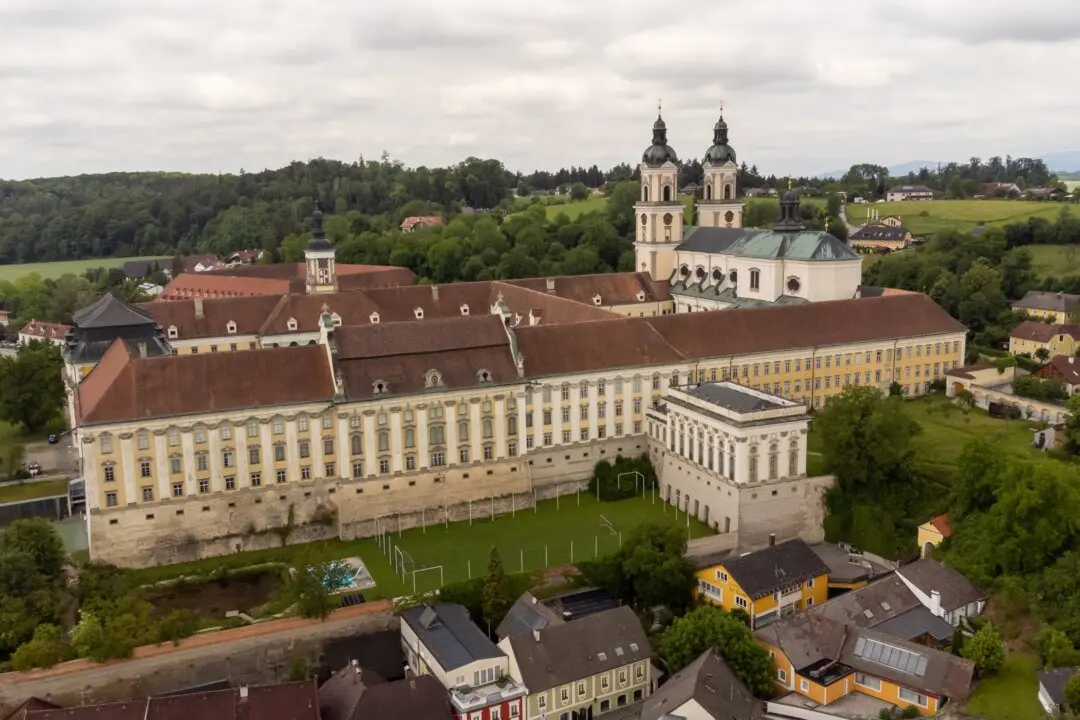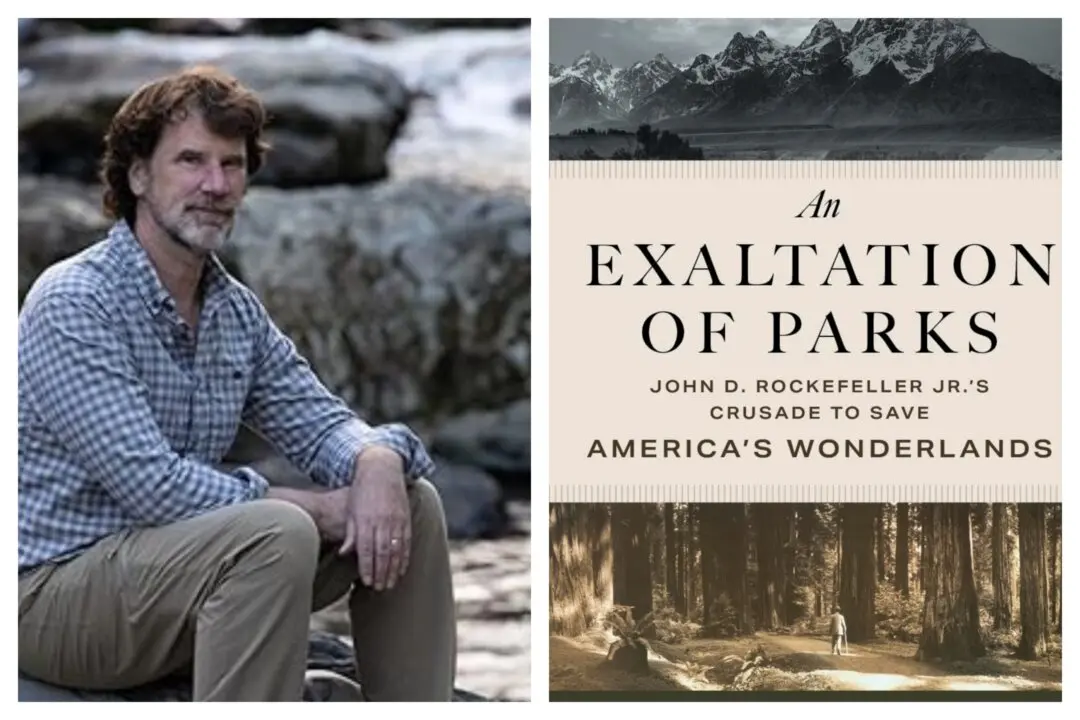The Old North Church is high atop must-see lists for visitors to historic Boston, Massachusetts. Located on Salem Street and surrounded by brick buildings in a quiet area of the city’s North End, the church, built in 1723, gained notoriety on the evening of April 18, 1775.
The Midnight Ride of Paul Revere
That fateful night was memorialized in the 1903 poem by Henry Wadsworth Longfellow. It recounted the tale of when the church sexton Robert Newman and vestryman Capt. John Pulling, Jr. climbed the steeple and held high two lanterns as a signal from Paul Revere that the British were marching to Lexington and Concord by sea across the Charles River and not by land.That act at Old North Church helped ignite the American Revolution. Boston’s oldest surviving church building thus became the city’s most visited historical site. Upwards of half a million people walk through its doors annually. It’s well worth seeing—so is a meander into Clough House, an adjoining brick building that houses the visitor’s center. It’s here that tourists and Bostonians alike will discover an exceptional demonstration of how chocolate was first made.





